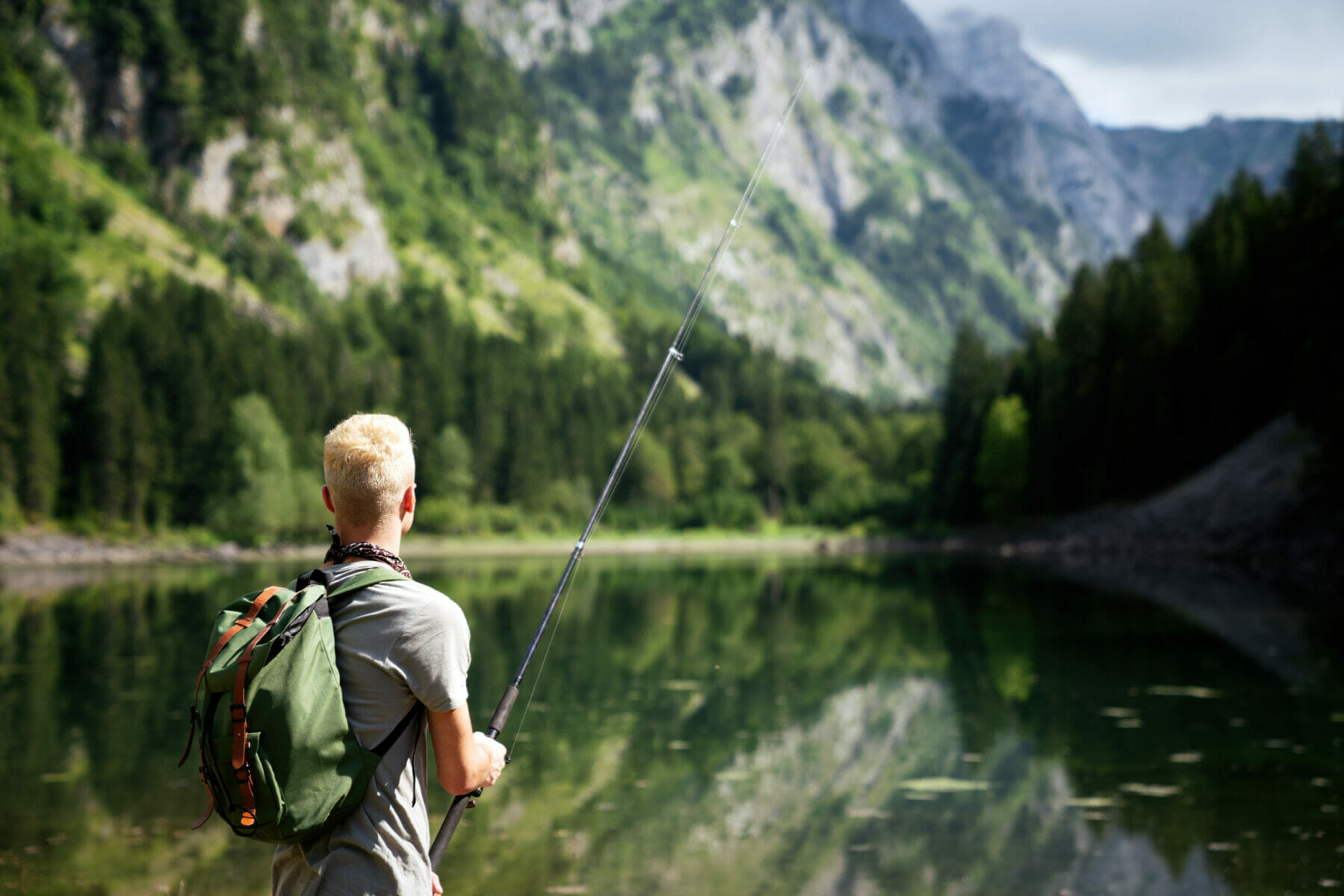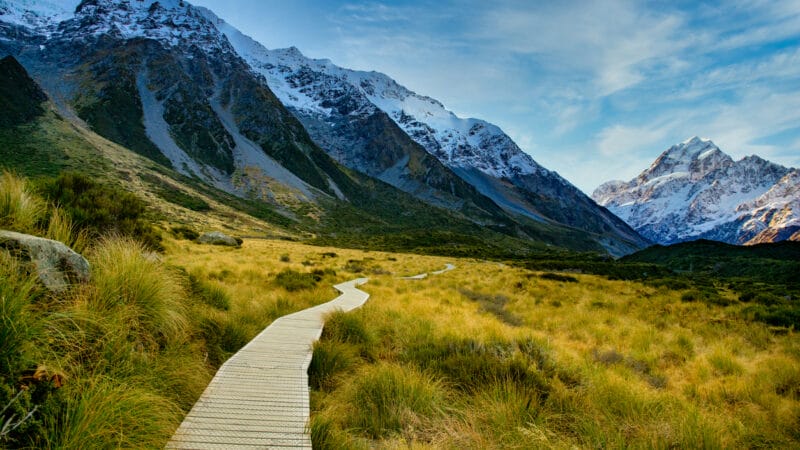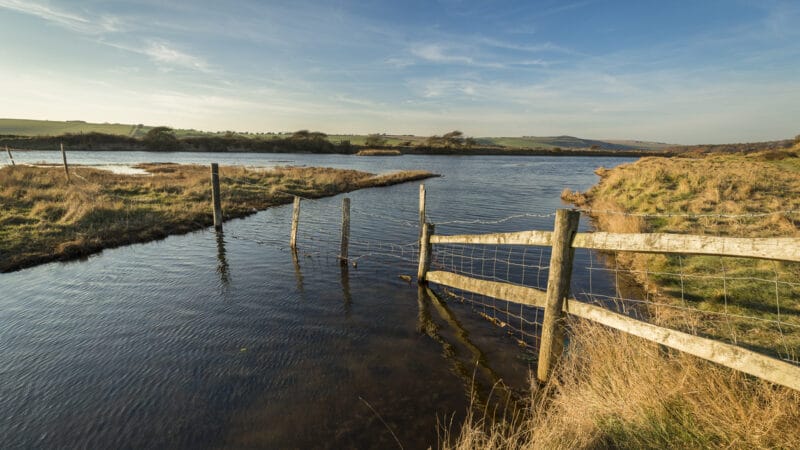Trout, a species that divides opinions in New Zealand, is seen as a harmful invader of waterways by some and a prized catch for anglers by others. It may come as a surprise that the habitat of trout and salmon is specifically protected under section 7(h) of the RMA. Is this provision outdated, considering that trout are an introduced species that prey on native fish, insects, and crustaceans? Or is there a valid reason for the RMA’s focus on protecting their habitat?
Section 7(h) provides that, in achieving the RMA’s purpose, any person managing the use, development, and protection of natural resources is required to have particular regard to the habitat of trout and salmon. Is this a necessary inclusion? Some argue yes – that trout and salmon have very high-water quality requirements, and that safeguarding water quality benefits both native and introduced species; while others are a firm no – that it contradicts the goal of sustainable management due to the predatory nature of these introduced species.
For those unfamiliar with the history of New Zealand’s most popular recreational freshwater fishing species, trout were introduced to New Zealand in the 1860s and have since spread throughout the country’s waterways. Conservationists are known to have referred to them as “water possums” due to their appetite for native species like galaxiids and kōura (freshwater crayfish), and claim that protecting the habitat of a fish that preys on indigenous species sits uneasily alongside the RMA’s sustainable management purpose.
In Otago Fish & Game Council v Otago Regional Council [2021] NZHC 3258, the High Court wrestled with the application of section 7(h). This involved an appeal by Otago Fish & Game Council against a decision of the Environment Court in relation to a change to a regional plan that would determine matters of minimum flow and primary allocation of water that could be taken from the river. Osborne J found that, although the Environment Court had used terms like “pest” to describe trout, this did not impact its evaluation of the appropriate flow and allocation. His Honour stated that the duty upon decisionmakers in section 7(h) was a “weaker direction” that had less priority than the duty in section 6 to recognise and provide for protection of significant habitats of indigenous fauna as a matter of national importance.
So, what is the future of the statutory protection of the habitat of trout and salmon in New Zealand? The Natural and Built Environments Bill, which replaces the RMA’s effects-based philosophy with an outcomes-based regime, does not include an equivalent to section 7(h). Instead, the NBA Bill takes a more prescriptive approach to addressing the degradation of freshwater through setting of environmental limits than was previously provided for under the RMA. Environmental limits must be set in relation to specified natural resources, including freshwater. Importantly these environmental limits must be set as a minimum biophysical state for a management unit or the maximum amount of harm or stress to the natural environment that may be permitted in a management unit.
The national planning framework and all plans prepared under this future legislation must provide for the system outcomes specified in section 5. These include the protection of, or where degraded, the restoration of, water, lakes, rivers and indigenous biodiversity. Section 5, in many ways, replaces the provisions in section 6 and 7 of the RMA, with a few telling differences. The NBA Bill provides only one tier of system outcomes that are to be provided for, unlike the RMA which contains a second tier of “other matters” worthy enough to require specific consideration in decision-making. These systems outcomes are silent on the protection of the habitat of trout and salmon, as is the rest of the Bill.





